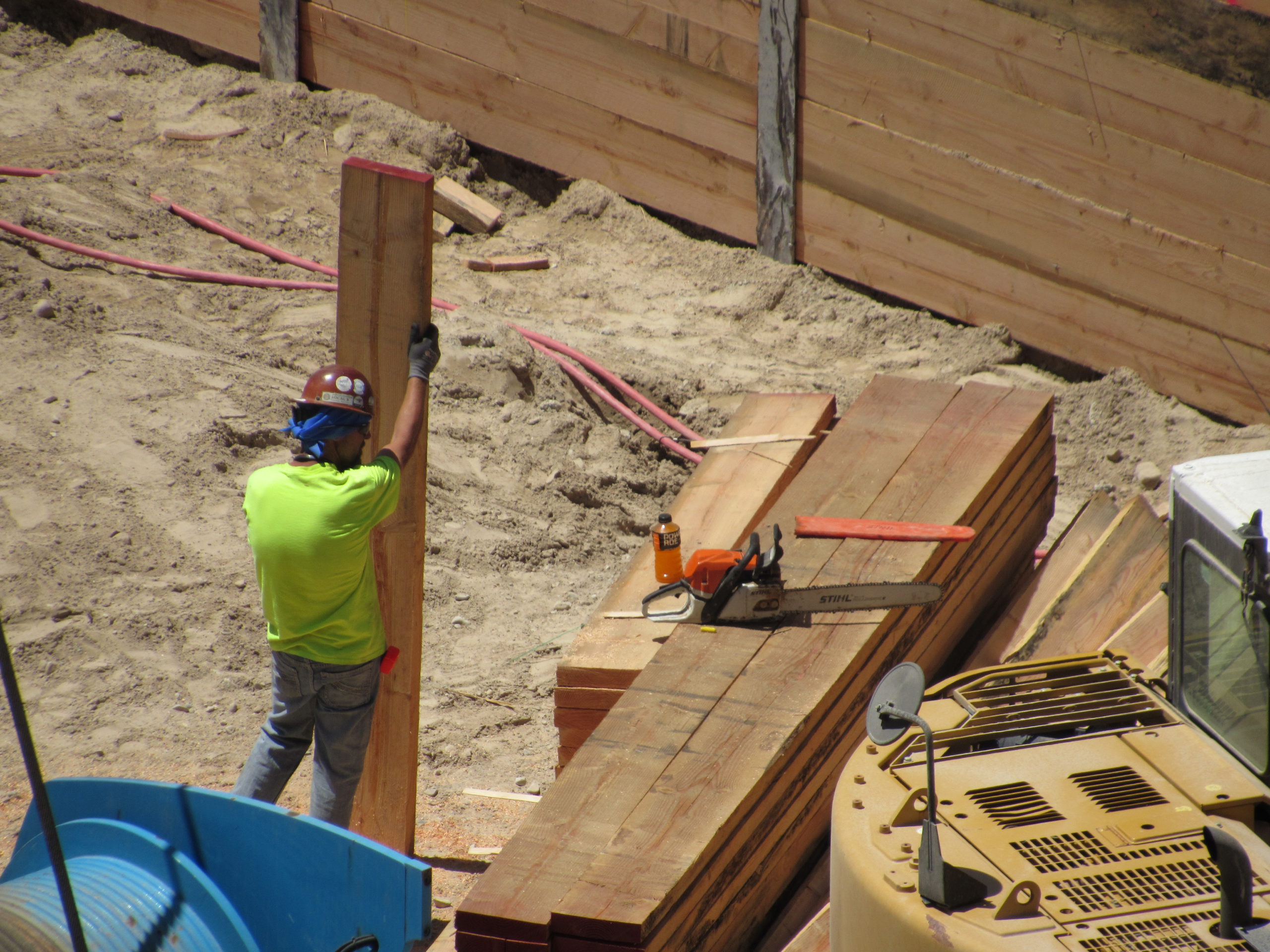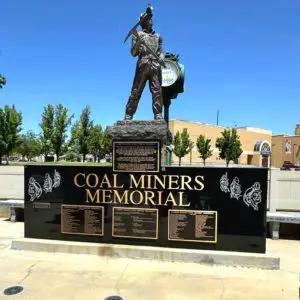
Every year, scores of workers across the U.S.—including here in Utah—fall ill or even die from prolonged exposure to extreme heat. Here’s what you need to know to protect yourself and your crew.
The Heat Threat
- “Dozens of workers die and thousands fall ill” annually across the country when working in hot or humid conditions.
- Nationally, around 38 heat-related occupational deaths and more than 2,800 serious injuries occur each year.
- Nearly 50–70% of outdoor heat-related fatalities happen during the first few days of exposure, as bodies haven’t yet acclimatized.
How Heat Illness Develops
Heat-related conditions often follow a clear progression:
- Heat cramps – painful muscle spasms due to dehydration
- Heat exhaustion – heavy sweating, dizziness, nausea, weakness, pale skin
- Heat stroke – life-threatening; body temperature exceeds 103°F, with hot dry skin or confusion
Early intervention can prevent escalation—so know the signs and act fast.
Seven Lifesaving Tips for Utah’s Outdoor Workers
- Acclimatize Gradually
- New or returning workers should ease into the heat: Day 1 → 20% workload, then increase by 20% daily.
- Seasoned workers: 50% Day 1, 60% Day 2, 80% Day 3, then full shift by Day 4.
- Hydration Is Crucial
- Drink 1 cup (8 oz.) every 15–20 minutes during moderate activity.
- For heavy sweating or long shifts, opt for electrolyte-enhanced sports drinks.
- Start each day well-hydrated and always carry more water than you think you’ll need.
- Follow the “Water, Rest, Shade” Rule
This unofficial mantra from OSHA is a blueprint for outdoor safety:
- Water: Frequent sips all day long
- Rest: Short breaks every hour, with longer ones when it’s hottest
- Shade: Cooling areas to recover during breaks
- Dress Smart
- Wear light-colored, loose-fitting, breathable clothing.
- Use broad-brimmed hats, sunglasses, and SPF 30+ sunscreen—Utah has one of the nation’s highest skin cancer rates.
- Buddy System & Monitoring
- Watch out for co-workers showing signs of trouble—confusion, cramps, dizziness.
- If heat exhaustion hits: move them to a cooler spot, cool their skin with damp cloths, and offer water.
- At signs of heat stroke, call 911 immediately, cool them quickly, but don’t force water.
- Schedule Smart
- Do strenuous work during morning or evening; leave heavy tasks for cooler hours.
- Consider installing temporary shade or misting fans on-site.
- Train & Educate Everyone
- All workers and supervisors should learn to recognize heat illness signs and practice proper response.
- Utah’s UOSH offers free consultation and training for employers—call 801‑530‑6855
Final Takeaway
Utah’s blazing summer may be challenging, but with proper planning, hydration, training, and support, outdoor work can stay safe and productive. Whether you’re an employer or a worker, staying proactive about acclimatization, water-rest-shade, and training will protect lives—and livelihoods.
For more guidance, resources, and support, visit the UOSH website https://laborcommission.utah.gov/divisions/uosh/ or call to schedule a free consultation.
Stay cool, stay safe, Utah!
Citations and Resources
https://laborcommission.utah.gov/divisions/uosh/
https://www.osha.gov/heat-exposure
https://dhhs.utah.gov/safety-tips/stay-safe-in-the-heat/
https://blogs.cdc.gov/niosh-science-blog/2020/05/21/heat-stress-construction/





